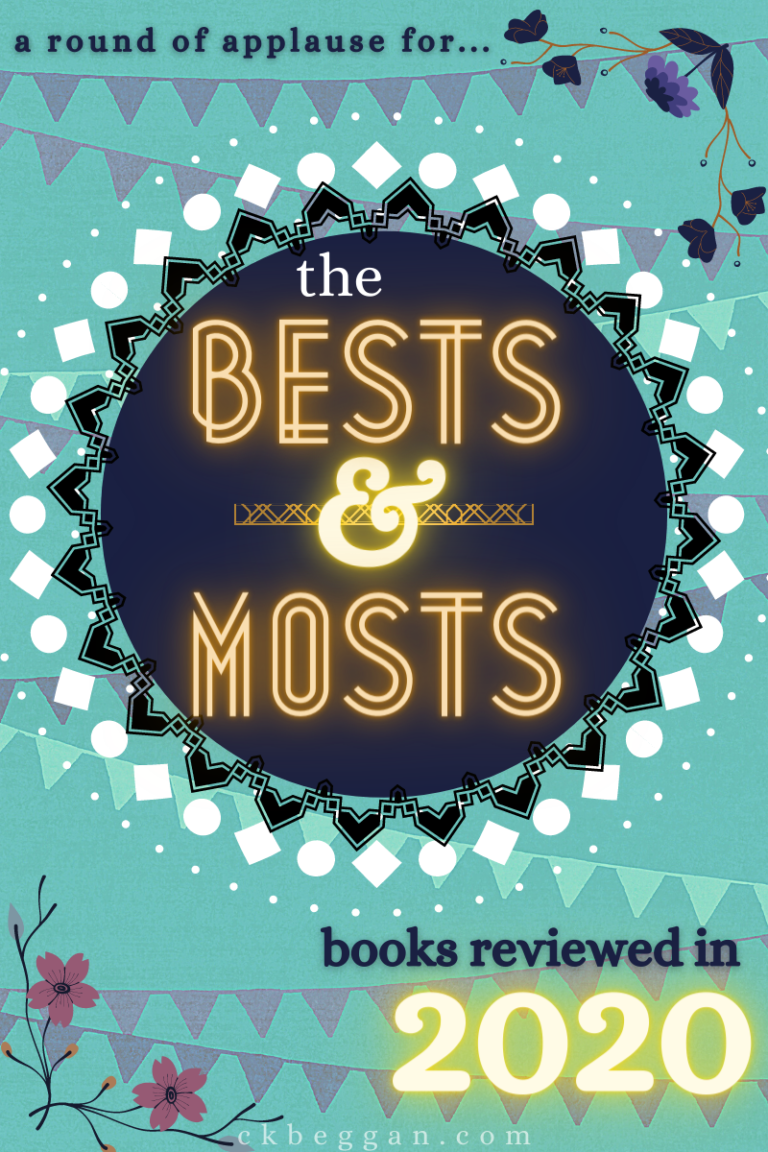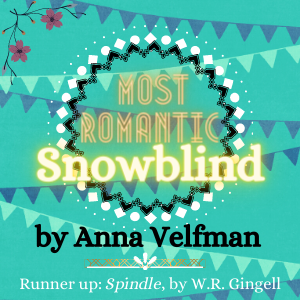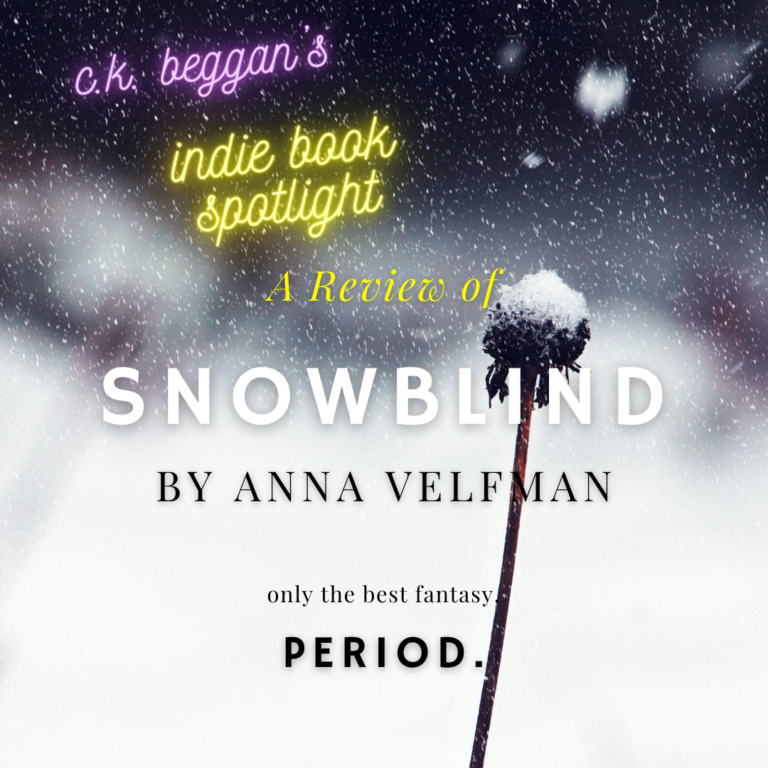Catching up on some reviews today as I finally add Children of Virtue and Vengeance to my very long TBR list. Which can only mean today’s review is of…!

This is a new YA classic, with an inventive fantasy world and a real-world social message.
Children of Blood and Bone is rooted in the culture and religion of the Yoruba people, and it’s beautiful. Adeyemi drops the readers into a compelling fantasy world we’ve all been waiting for, even if we didn’t know it yet. Giant animals to ride on, a stunning pantheon of gods and goddesses, coming-of-age, bigotry (external and internalized), duty, injustice, selflessness and young love are woven into this magical story.
The world of Children of Blood and Bone is cruel to some. Even a girl as strong-willed as Zélie is driven out of her village by bloodshed and tragedy; at the same time, Amari, a princess with about zero self-confidence, makes her way out of the palace, while her heir-to-the-throne brother Inan joins the ranks of the very people responsible for what happens to Zélie’s village (one could say he’s a zealot, or naïve, or both). A collision course is in order.
Zélie is beset by grief and hopelessness at times, which adds to the depth of her story and her own drive. As a Diviner, she is connected to the goddess of death, and holds on just when her faith is about to desert her. She beats impossible odds, but not without strife and cost to herself.
Legend of Zélie: Zélie’s story is the most moving and most riveting of the perspectives. This determined heroine goes from grief and hopelessness to hope, love and sacrifice during her journey.
My only complaint was that I wanted to stay with Zélie and her companions rather than see what other characters were doing (which is really a testament to how much more exciting Zélie’s story is). It also means I kept reading to get back to her. There were scenes in which Zélie’s awe transmitted perfectly, like when she sees an image of the goddess of death, which gave me actual goosebumps. Adeyemi has a real talent for transferring her characters emotions from page to reader.
In short, I shed tears. I stayed up way too late reading. There was a touch of romance and a big helping of heartbreak. This was a true “experience” novel, and it was gorgeous. It’s also a prime example of the right way to *ahem* kill off a character.
The feeling I had reading this book has stayed with me long after the details began to blur (and admittedly they have blurred a bit). But for me, the best books will always be the ones that make you remember the feeling of reading them, if not all the names and details. Fans of Garth Nix’s Abhorsen/The Old Kingdom series and Silvia Moreno-Garcia’s Gods of Jade and Shadow are likely to enjoy it as much as I did.
So while this book was probably checked off your own TBR list long ago, I won’t risk somebody out there missing it. Read Children of Blood and Bone if you still haven’t! You won’t be sorry.
Note: Book 2 in the Legacy of Orïsha series, Children of Virtue and Vengeance, was released in 2019; as of posting, there was no release date or title listed on Goodreads for #3.










